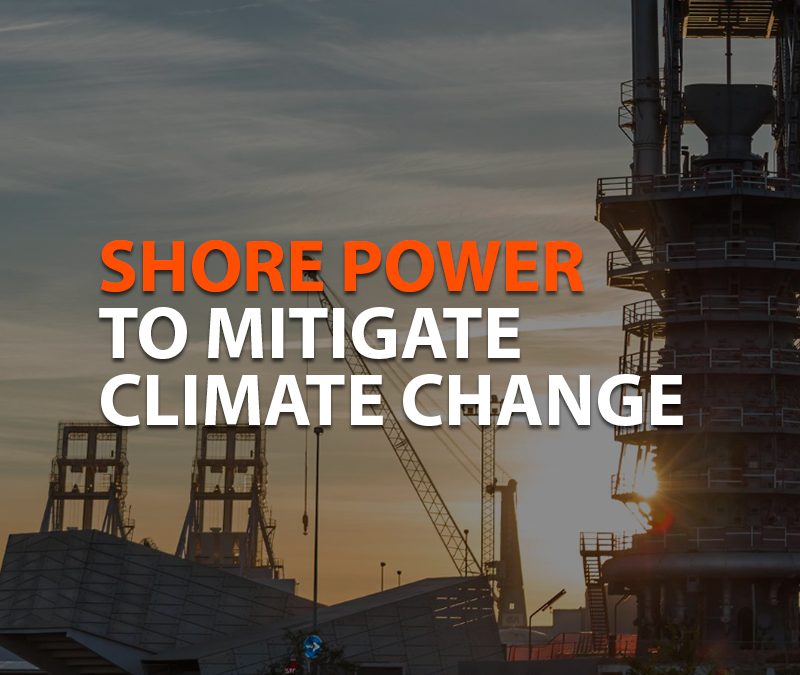More than three years ago, we could notice that shore power, one of the most critical actions ports could take to mitigate climate change, had enormous potential. So, as TEC Container, we jumped into the field, and our engineers started developing our own solution.
Shore power is crucial because by providing power to vessels while they are berthed, their auxiliary engines can be shut down, and bunker consumption can be replaced with electricity from the grid. Besides, air pollution, an enormous problem in city ports, is also eliminated, at least while the vessels are berthed, so SOx, NOx, PM, and other pollutants are reduced thanks to shore power. And there is more: noise and vibrations are also eliminated while the vessels are berthed and running on electricity.
Ports that have advanced in calculating their GHG emissions have found that the highest or one of the highest sources of emissions are from the ships that call at their terminals because those are considered Scope 3 emissions—the emissions generated by the companies that a port does business with. Shore power is an unstoppable trend, and more terminals will provide this service, initially for ferries, container ships, and cruises.

First installation of shore power to mitigate climate change
Our first installation was placed in the ferry terminal of the Port of Palma in Mallorca, the Balearic Islands. It is currently in use on the Eleanor Roosevelt ferry from Baleària, which is the longest ferry in the world (123 meters long and 28 meters wide) with a capacity of 1,200 passengers and space for 500 linear meters of trucks and 250 cars, or 450 cars on the car deck. Our shore power provides electricity to the ferry during the eight hours it is berthed at the terminal.
At the moment, there is only one ferry—but eight hours!—but soon, there will be two, three, or more ferries or cruises using the installation until our equipment will be supplying electricity most of the day and night to vessels calling at the ferry terminal in the Port of Palma.
Our equipment has a maximum transmission capacity of 800 kVA/5×350 A and includes a motorized cable store, an articulated arm with three degrees of freedom, a hitch trailer that serves as a chassis for mounting all the systems, and a control unit. There is more information about our system, available on our dedicated section “On-shore power supply.”
We conclude this article with a few words from our CEO, Rafael Moragón Martínez:
“We will continue doing our best and are convinced that other ports and shipping companies will join us in expanding the installation of shore power equipment in more ports until one day, the majority of berthed vessels do not pollute our harbors or city ports.”






